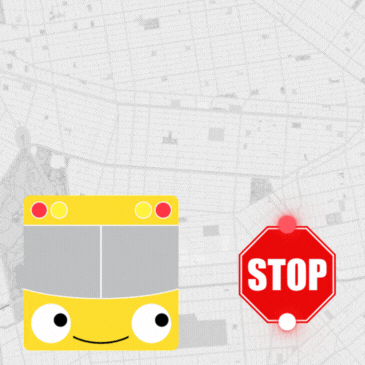
Cisco Systems, Chabad of Ashkelon Partner For Students
Two weeks ago, a well-worn classroom in Chabad of Ashkelon’s high school took on a high-tech sheen. Sixteen computers—a gift from local donors—were installed to be used to train students to earn a Cisco Systems’ certificate as computer network technicians.
High tech workers in Israel often earn a higher income than medical and legal professionals. Cisco, a major employer, offers the course in only a few locations in Israel. The company has also pledged to upgrade the lab if the school’s tenth and eleventh graders achieve high marks on the certification tests.
In this Israeli southern coastal city where one out of every four children live in poverty, computer training is but one of Chabad of Ashkelon’s programs working to break the cycle of want and need. Established in the late 70’s by Rabbi Menachem Mendel and Yehudis Lieberman, this network known as Chai Ashkelon, consists of five day care centers, 17 preschools, a special needs preschool, two elementary schools, two high schools, a post-high school yeshiva, a soup kitchen, subsidized clothing store, and meals on wheels program.
Approximately 1400 children from the area are enrolled in the Chai Ashkelon system. In addition, ten Chabad centers in the Ashkelon area run their own youth and adult education programs.
Chai Ashkelon’s Ohr Chaya elementary and high school is housed in a low slung concrete building whose corridors are brightened by a rainbow of student-created murals. Symbolic of Chabad’s fundamental role in community life is the inclusion of the 14-year-old school as part of the Mamlachti Dati, state funded, public, religious education network. Sarit Ohayon, high school principal, said one benefit of public funding is that it allows the school to provide free or subsidized hot lunches.
“For many of the students, their lunchtime meal is their only filling meal,” said Mrs. Ohayon. She’s proud that 100% of the students passed government-mandated matriculation exams, the vast majority with above average marks. Aside from computer training, Ohr Chaya’s students study fashion design in hands-on courses offered in the school’s bomb shelter, which has been modified to accommodate nine new sewing machines.
Aliza Dimri, mother of an eighth grader and an alumna, said she is very satisfied with the academic level of the school, and particularly moved by the emotional investment the school makes in its students. “I am only sorry that the school was not around when my older children were going to school,” Mrs. Dimri said. “The feeling the teachers have for the students, the relationship with the students, it is like a family.”
Rhythmic strumming on an acoustic guitar fills the background noise in the hallway of Ohr Menachem, the boys’ elementary and high school. A peek into the fifth grade classroom reveals Rabbi Yoni Fine playing a version of “Name That (Jewish) Tune” with the boys. Rabbi Fine estimates that 95% of the student body is representative of the many different streams in the mix of the Israeli Jewish population: Sephardic, Ashkenazi, Zionistic, religious and less so. In Israel, where political and religious affiliations are grounds for school segregation, it’s rare to see a range of boys in one classroom, singing along to the same song.
Before Passover, the boys’ school will be moving to a new building. Not only does the 37,000 square-foot three-floor building offer more room, it also has a concrete roof. The current building’s tin-lined roof leaves the school vulnerable to missile attacks launched by Hamas in the nearby Gaza Strip. Within minutes of touring the current site of Ohr Menachem, a loud boom echoes nearby, but Rabbi Lieberman does not flinch. “Don’t worry. If that was a Qassam [rocket] we would have heard a siren first,” he says, which would give the students 15 seconds to seek shelter.
Despite the recent lull in attacks, the threat still; previous missile strikes have left a traumatized student population in their wake. Chai Ashkelon is in the midst of raising funds to complete a trauma treatment wing at its new center, named Shalavim, to address the psychological and emotional needs of Ashkelon’s young, because “the jails are full of people who did not get the help they needed when they were children,” said Rabbi Lieberman.
In the portion of Shalavim finished in 2008, Chai Ashkelon operates a nursery school for 22 children with special needs. Chai Ashkelon’s experience with school-aged children and families motivated the organization to open the preschool.
“Offering treatment and therapy to young ones gives you the greatest chance to set children on a path towards normal development,” said program director Chani Vilenkin. This semester, eight children with special needs are being mainstreamed in an inclusion kindergarten that is housed in an adjoining classroom. In previous semesters, 30 percent of the students with special needs who graduated from the inclusion kindergarten successfully integrated into the regular first grade track. “You would not believe the progress made by the special children,” said teaching assistant Limor Machluf.
To expand Shalavim to include the trauma treatment center, an overnight center for children with special needs, and – possibly – a swimming pool, Chai Ashkelon needs to raise another $300,000. Rabbi Lieberman said, “When we’re done, I believe Chai Ashkelon will be a model for the country.”













